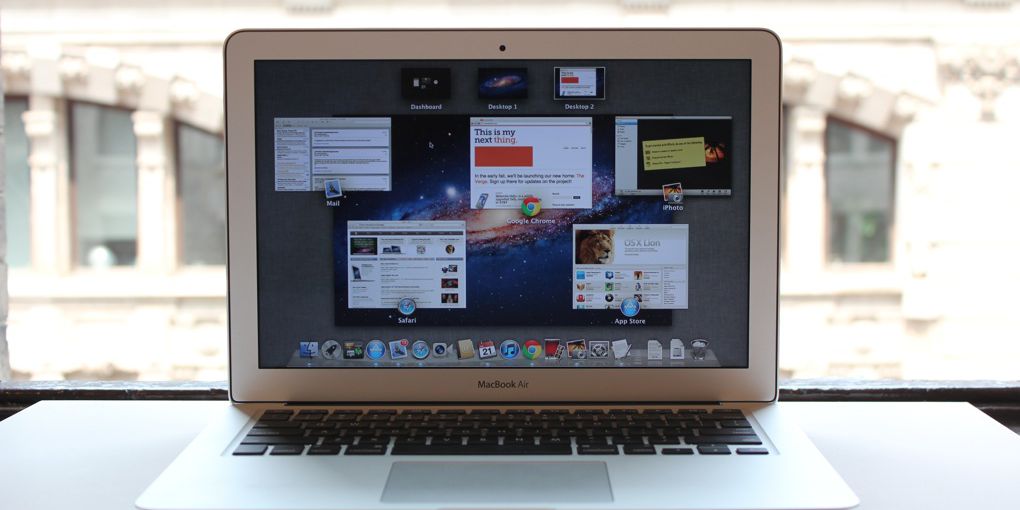

restart your macbook and you should have a startup time of 14 sec. If you find that your boot time in your new ssd is too slow - go to system preferences - startup disk and select your ssd as your startup drive. Once the clone is done - install your ssd in your macbook - turn it on and your back in business. Source drive (your old hard drive) destination drive (your new ssd drive)Ĭlick on clone - you might get a pop up message saying that a recovery partition wasn't created - create one using carbon copy and proceed with the clone. Open disk utility - format/erase your ssd to mac os extended journaledĬlose disk utility and open carbon copy and proceed to clone your drive. Install your ssd in your external enclosure. Second - download carbon copy - free to download.Īssuming you've installed and downloaded carbon copy and have a usb external enclosure.

You can check these using 'uname -r' and list the installed kernel packages using 'sudo dnf list kernel': The next part is interesting as you look at the running kernel you'll see v5.15.11-200.fc35 but we are going to be using the development kernel packages to build our broadcom wireless driver so you need to install the v5.14.10-300.fc35 (available at the time of this writing).

$ su -c 'dnf install -y $(rpm -E %fedora).noarch.rpm' We now need to install a repository to pull the broadcom stuff as follows: The output will be several items, one of which should be listing something like: Let's verify the actual card we need for wifi in a terminal: Now the only thing missing is a wifi driver so there are a few things to be done that require that network cable to be connected as we install the development packages for the kernel we are running and then build the broadcom-wl driver for that kernel.


 0 kommentar(er)
0 kommentar(er)
